
Find Help
More Items From Ergsy search
-

Why are there login attempts from unfamiliar locations in my email activity?
Relevance: 100%
-
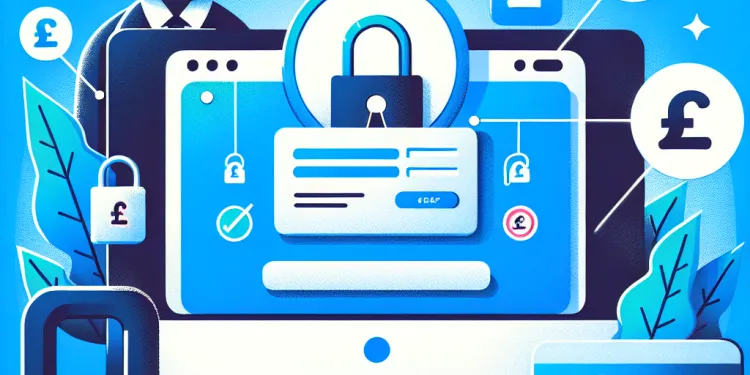
What should I do if I notice suspicious login attempts?
Relevance: 56%
-

How can I check recent login activity on my email account?
Relevance: 56%
-
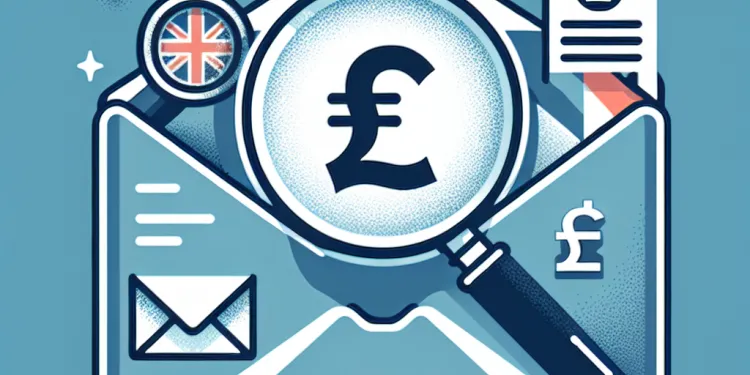
What should I do if I notice unfamiliar emails in my sent folder?
Relevance: 53%
-

How do I know if my email has been hacked?
Relevance: 48%
-

How can I check recent login activity on my social media accounts?
Relevance: 44%
-
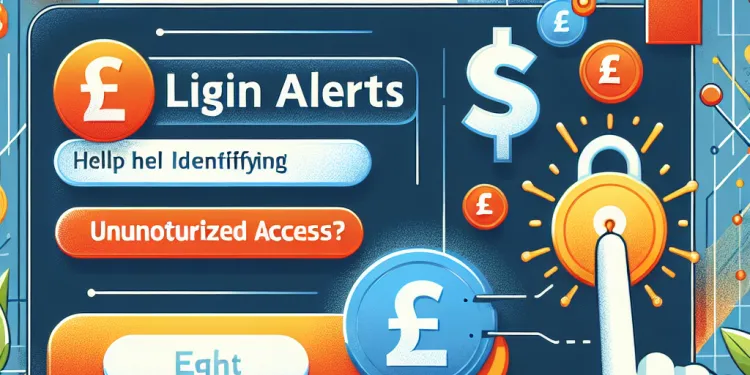
Can login alerts help in identifying unauthorized access?
Relevance: 41%
-
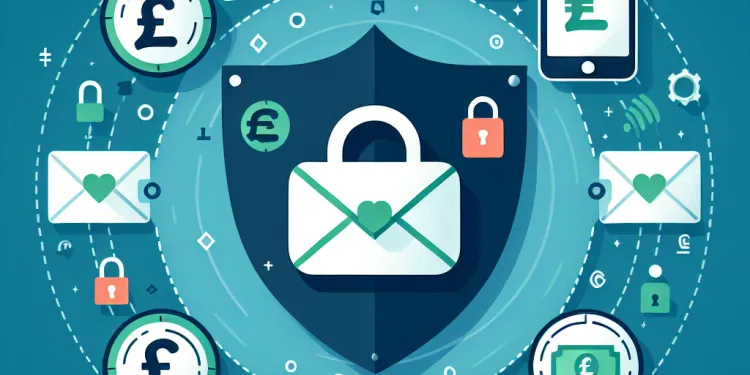
How can I secure my email after a hack?
Relevance: 32%
-
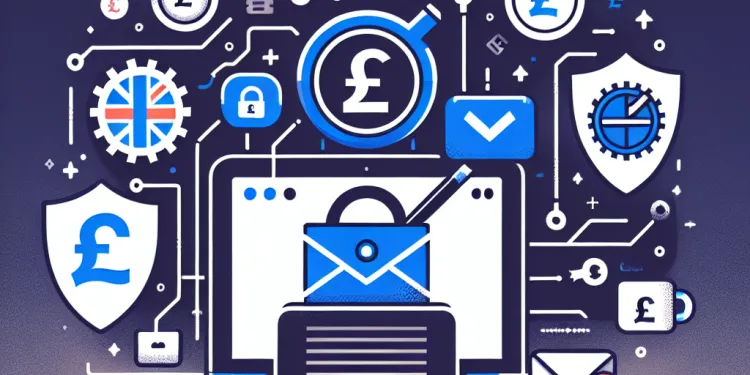
How can I recover a hacked email account?
Relevance: 32%
-
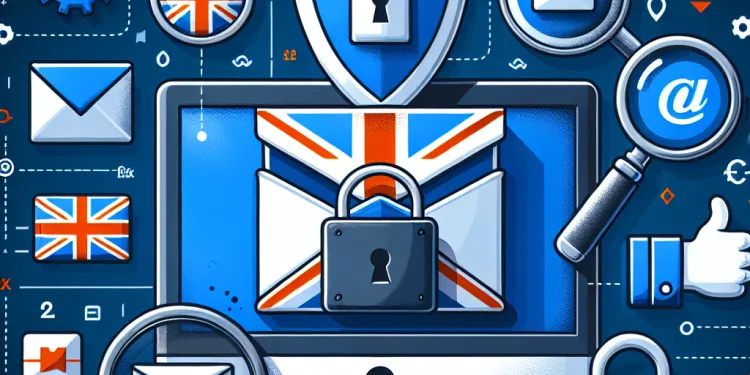
What are some signs that my email might be hacked?
Relevance: 32%
-
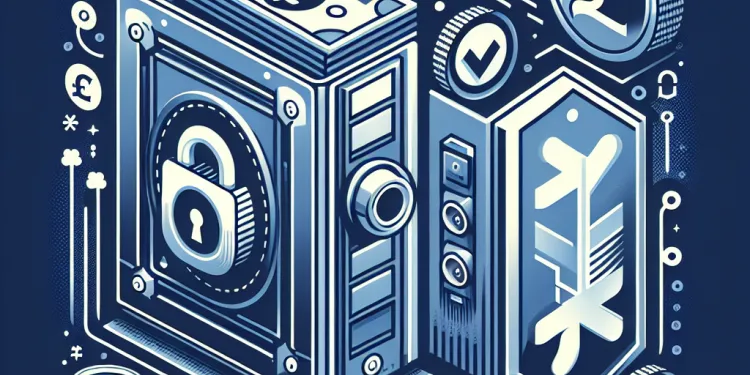
How do I know if my social media accounts have been hacked?
Relevance: 30%
-
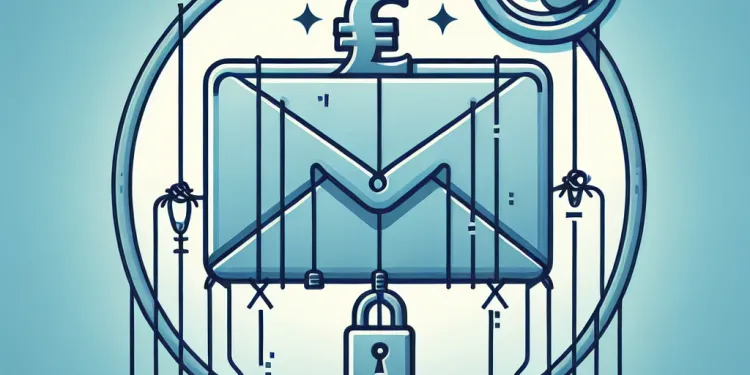
What should I do if I suspect my email has been compromised through phishing?
Relevance: 30%
-
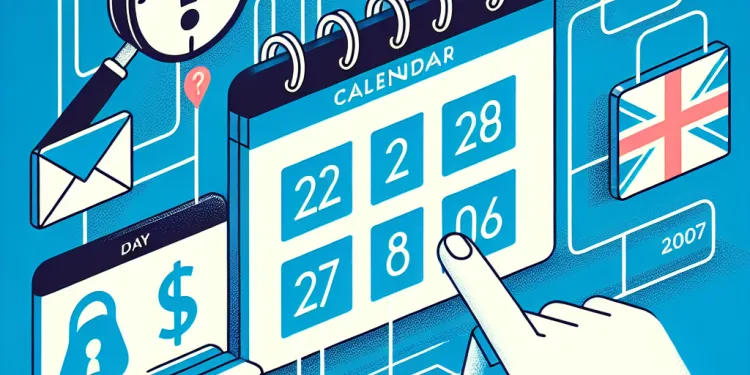
Can unexpected calendar events be a sign of a hacked email?
Relevance: 29%
-
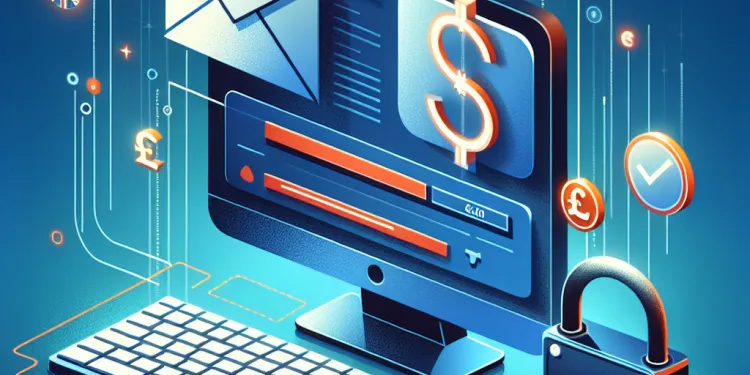
What should I do if I can't access my email account?
Relevance: 29%
-
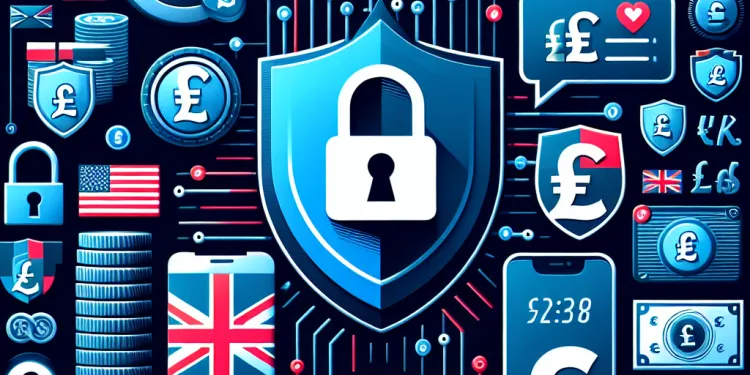
What signs indicate that my social media account might be hacked?
Relevance: 28%
-

Why are there unfamiliar apps connected to my social media account?
Relevance: 27%
-
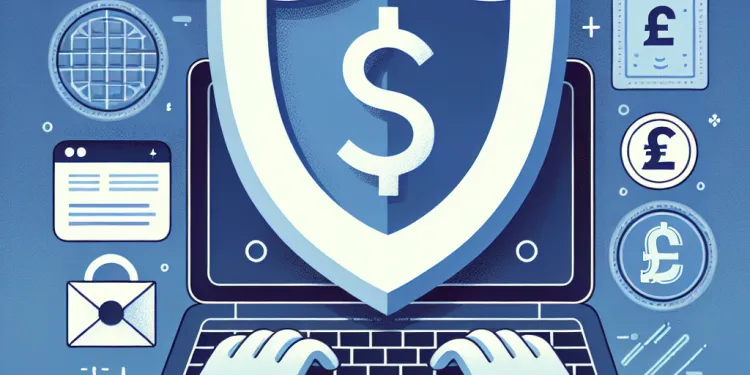
What preventive measures can I take to protect my email from being hacked?
Relevance: 27%
-

Why am I receiving password reset emails I didn't request?
Relevance: 26%
-
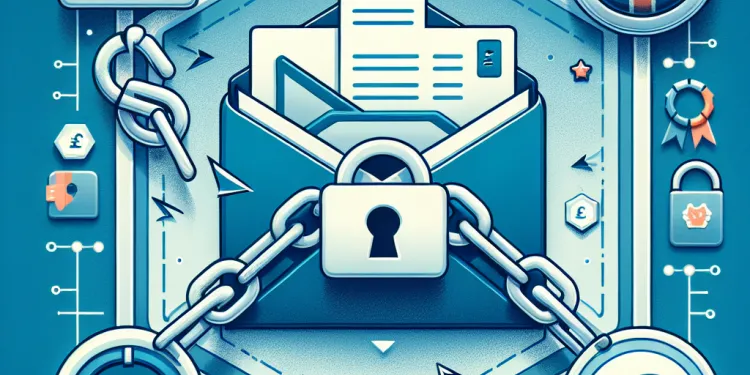
Why are emails often targeted in data breaches?
Relevance: 26%
-
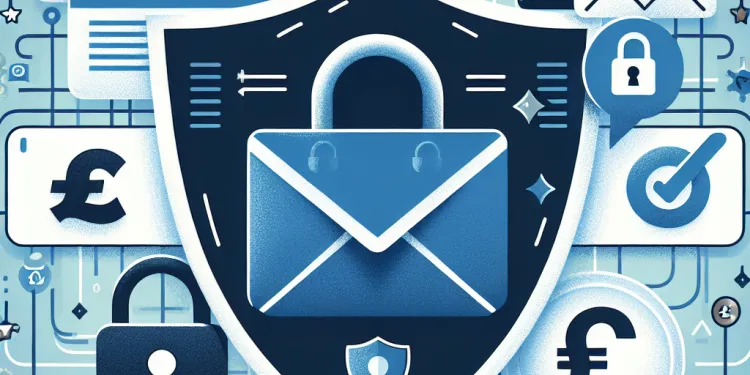
Should I contact my email provider if I suspect hacking?
Relevance: 26%
-

Why have my email account recovery options changed without my knowledge?
Relevance: 23%
-
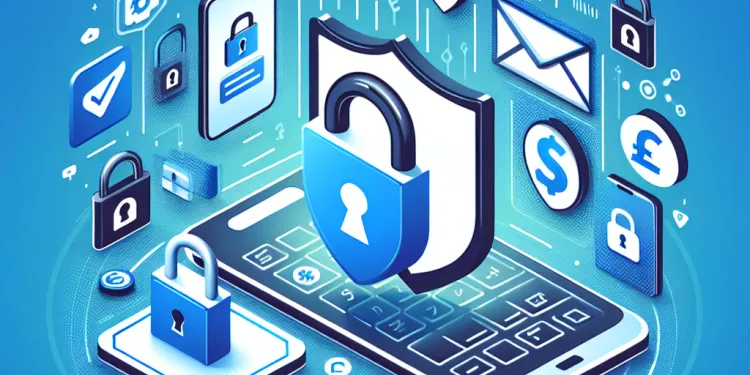
Can enabling two-factor authentication help if my email is hacked?
Relevance: 23%
-
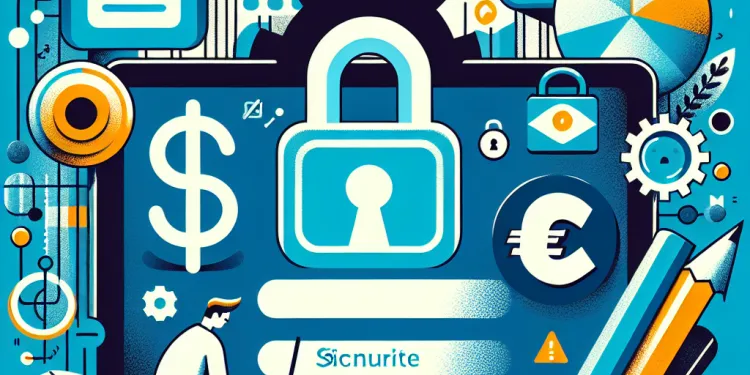
What should I do if I can't log into my account anymore?
Relevance: 22%
-

Is it safe to use public Wi-Fi to check my email?
Relevance: 22%
-

Don't Click On That Email (SPAM & SCAMS)
Relevance: 22%
-
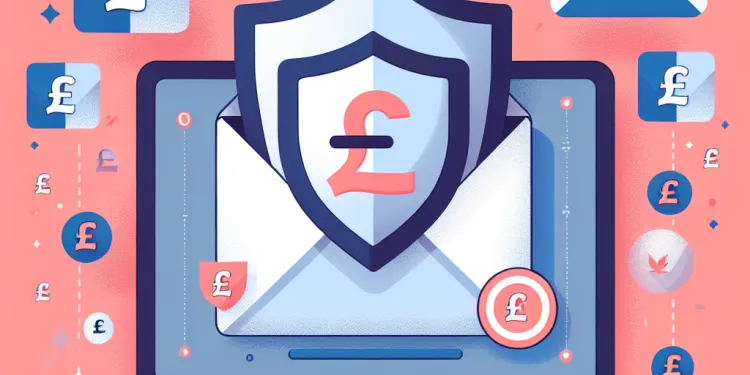
Can antivirus software protect my email from being hacked?
Relevance: 22%
-
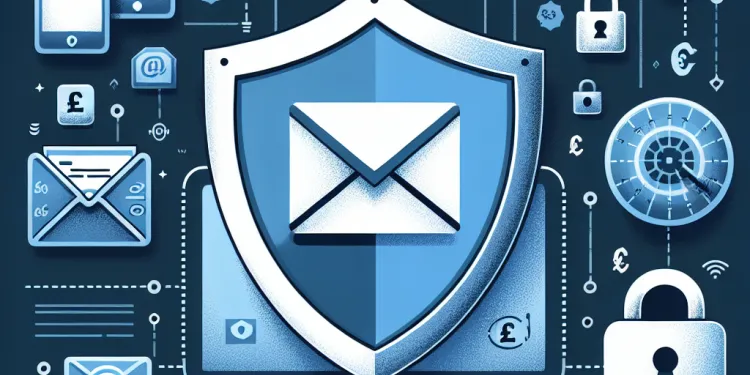
What is the risk of my contacts being compromised if my email is hacked?
Relevance: 22%
-

Why does my email appear to be sending spam?
Relevance: 21%
-
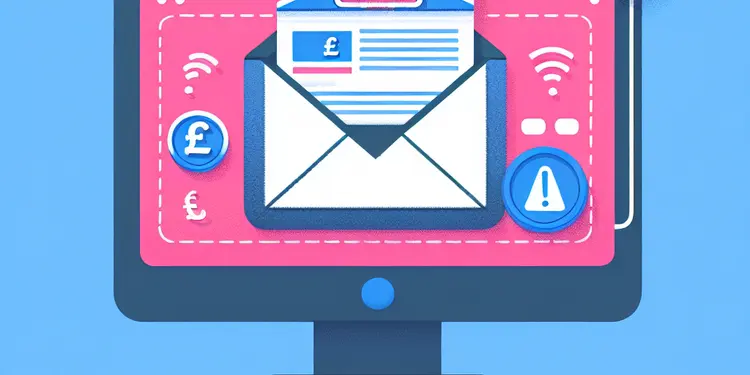
Are unsolicited emails about weight loss drugs a warning sign?
Relevance: 20%
-
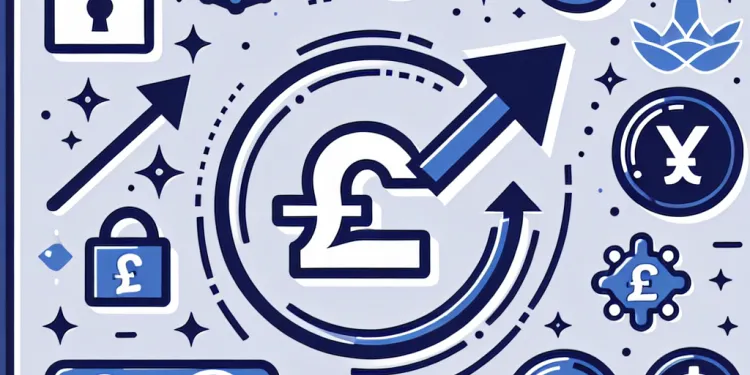
Can a sudden decrease or increase in followers indicate a hack?
Relevance: 20%
-
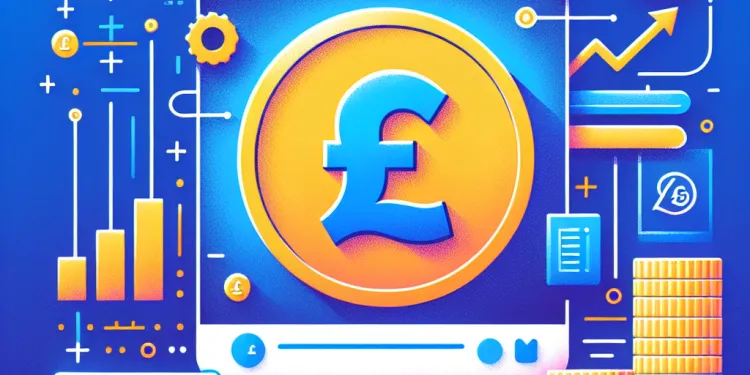
How do I know if my password has been hacked?
Relevance: 19%
-
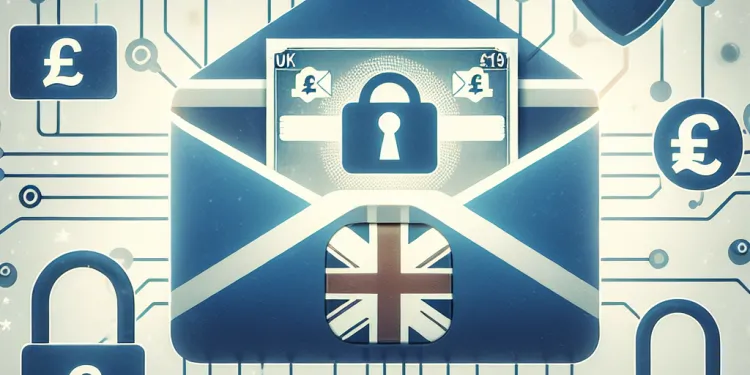
What signs indicate that my email filters may have been tampered with?
Relevance: 19%
-

Do not attempt cardiopulmonary resuscitation (DNACPR)
Relevance: 19%
-
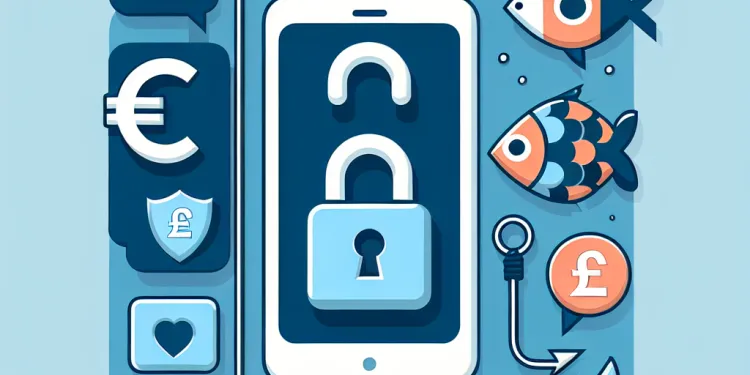
How can phishing attacks lead to social media hacks?
Relevance: 19%
-
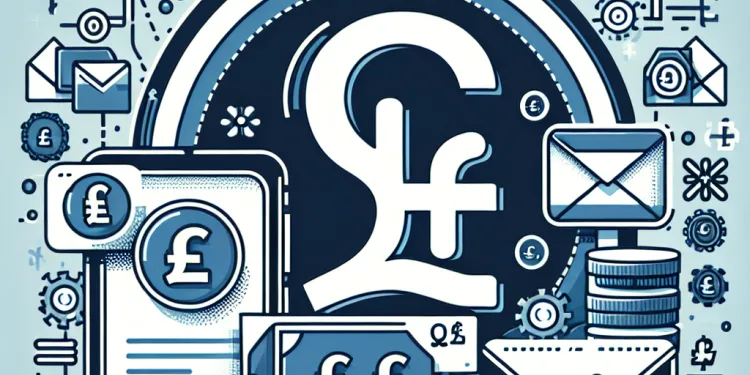
Why am I not receiving expected emails?
Relevance: 19%
-

How do I secure my online accounts?
Relevance: 18%
-
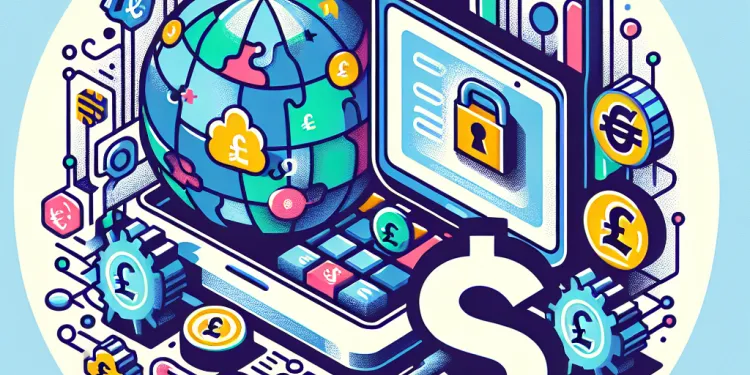
Are there any tools provided by social media platforms to increase security?
Relevance: 18%
-

Can geographical location affect electricity prices in the UK?
Relevance: 17%
-

Will HMRC contact me via phone or email regarding my tax refund?
Relevance: 17%
-

Where is the pain located when you have appendicitis?
Relevance: 17%
Understanding Unfamiliar Login Attempts
Receiving notifications about login attempts from unfamiliar locations in your email activity can be unsettling. However, understanding the reasons behind these alerts can help you better protect your email account. Such notifications are typically triggered when your email provider detects an attempt to access your account from an unrecognised location or device, which might not match your usual login habits.
Why It Happens
Several reasons can explain why you might see login attempts from unfamiliar locations. One common reason is the use of a Virtual Private Network (VPN). A VPN changes your apparent location, so if you or an application on your device is using one, it might show an unfamiliar region in your login activity.
Another possibility is that you have logged into your email on a public or shared computer previously, and someone else is trying to access it without malicious intent. Additionally, some internet service providers route connections through distant servers, making your location appear different.
Security Concerns
However, unfamiliar login attempts can also be a sign of a security threat. Cybercriminals often try to break into accounts using stolen passwords or phishing attacks. If a hacker obtains your password, they might attempt to access your account from various locations, triggering the unfamiliar location alerts. It is crucial to take these notifications seriously as they might indicate an ongoing attempt to compromise your account security.
Protecting Your Account
To safeguard your email account, consider implementing the following security measures. Firstly, enabling two-factor authentication (2FA) adds an extra layer of security, requiring a second form of verification beyond just your password. Secondly, regularly updating your password and avoiding the use of easily guessable details can deter unauthorized access. Use a strong, unique password for your email account that combines letters, numbers, and symbols.
Be cautious about where and how you log in to your accounts. Avoid using public Wi-Fi networks for logging into sensitive accounts unless you're connected to a secure VPN. Additionally, regularly review your account's security settings and activity history to monitor for any unauthorized access.
Steps to Take If You Notice Unfamiliar Logins
If you notice unfamiliar login attempts, change your password immediately to prevent potential unauthorized access. Contact your email provider's support team to report suspicious activity and seek further assistance. They may help you in recovering your account or securing your data.
Consider running a full security scan on your devices to ensure they're not compromised. This step is especially important if you've detected any other unusual activities or suspect malware may be involved.
Conclusion
Unfamiliar login attempts can be a result of benign activities like VPN usage or travel, but they can also indicate a serious security risk. Vigilance and proactive security measures can help protect your account against unauthorized access. Regularly reviewing your account’s security and adopting stronger authentication methods are key to keeping your information secure.
Understanding Unfamiliar Login Attempts
Sometimes, you might get alerts about someone logging into your email from places you don't know. This can feel scary. But knowing why this happens can help you keep your email safe. These alerts happen when someone tries to use your email from a new place or device that doesn’t match your usual habits.
Why It Happens
There are a few reasons why you might see logins from places you don't know. One reason is using a VPN. A VPN changes where it looks like you are. So if you use a VPN, it might show a different place than normal. Another reason is using a public computer to check your email. Someone else might try to open it later. Sometimes, your internet company uses faraway servers, making your location look different.
Security Concerns
Sometimes, these unfamiliar logins mean someone is trying to break into your account. Hackers might try to get into your email with stolen passwords. If they know your password, they might try to open your account from different places. This is serious. You should pay attention to these alerts as they might mean someone is trying to hack your account.
Protecting Your Account
Here are some ways to keep your email safe. First, use two-factor authentication (2FA). This means you need to verify your identity in two ways, not just with a password. Second, change your password often. Don’t use easy passwords. Make sure your password is strong and unique, using letters, numbers, and symbols.
Be careful about where you log in. Don’t use public Wi-Fi to log in to important accounts unless you have a secure VPN. Check your account's security settings often to watch for any strange access.
Steps to Take If You Notice Unfamiliar Logins
If you see unfamiliar logins, change your password right away. This stops anyone from getting in. Contact your email provider for help. They can help you secure your account and protect your data.
It's a good idea to run a security check on your devices. This is important if you see other odd things or think your device might have a virus.
Conclusion
Strange login attempts might just be because of harmless reasons, like using a VPN or travelling. But they might also be a security risk. Being careful and using strong security can help keep your email safe. Regularly check your account’s security and use better authentication methods to protect your information.
Frequently Asked Questions
Why do I see login attempts from unfamiliar locations in my email activity?
This could happen for several reasons, such as using a VPN, a proxy, or if someone has stolen your login information.
Could a VPN cause unfamiliar login locations in my activity?
Yes, using a VPN can cause logins to appear from different locations than where you actually are.
What should I do if I notice suspicious login attempts on my email account?
Change your password immediately and enable two-factor authentication for increased security.
Could using public Wi-Fi affect the login location showing in my email?
Yes, public Wi-Fi networks can route through different locations, impacting how login attempts are recorded.
How can I verify if a login attempt was legitimate?
Check if the device or IP matches any that you have used. If uncertain, consider changing your password.
Are unfamiliar login attempts always a sign of hacking?
Not necessarily. They could also result from using new devices, network changes, or VPN/proxy usage.
Can login attempts come from locations where I have never been?
Yes, especially if your credentials are exposed and someone else is trying to access your account.
Why might location accuracy vary in login attempt reports?
IP geolocation can be imprecise and based on the location of the ISP rather than the exact origin of access.
What additional steps can I take after noticing unfamiliar sign-ins?
Activate security alerts, regularly review security settings, and check for any unauthorized account changes.
Can travel impact my login location history?
Yes, if you access your email from different countries or cities while traveling, the location will differ.
How do email providers detect the location of a login attempt?
They typically use the IP address from which the login attempt was made to determine its location.
Can a proxy server cause incorrect login location data?
Yes, proxies can redirect your internet traffic via various locations, affecting the perceived login location.
Does using multiple devices affect how login locations appear?
Yes, using different devices can show login attempts from different locations if they are on different networks.
What is two-factor authentication and how can it help?
Two-factor authentication adds an extra layer of security by requiring a second form of verification beyond just a password.
Are there tools to check if my login details have been compromised?
Yes, services like 'Have I Been Pwned' let you check if your account has been part of a data breach.
Can changes in my network provider cause login location discrepancies?
Yes, changing your ISP can affect where login attempts are recorded, as IP allocations may change.
Is it possible for login attempt information to be incorrect?
Yes, due to factors like IP misidentification or network routing anomalies, information can sometimes be inaccurate.
Should I be worried if I see a single unfamiliar login location?
Not always, but it's wise to monitor your account activity and implement security measures regularly.
How can I get notifications of unusual login attempts?
Configure your account to send alerts via email or SMS whenever there are new or suspicious login attempts.
Can browser settings affect how login locations are reported?
No, browser settings typically don't affect login location tracking, but they might be part of a broader network setup that does.
Why do I see sign-in tries from places I don't know in my email activity?
Your email activity might show sign-in tries from places you do not know. This can happen because:
- You used your email on a friend's or public computer.
- Your account is open on a phone or tablet you do not have right now.
- You use a VPN that changes your location.
- Someone else is trying to get into your account.
Here's what you can do to keep your account safe:
- Change your password to a strong one.
- Use two-step verification to add extra security.
- Look at your sign-in activity often.
- Use tools like password managers to keep track of passwords.
This can happen for a few reasons. You might be using a tool like a VPN or a proxy. Or, someone might have stolen your login details.
Here are some tips to help:
- Use a strong password that is hard to guess.
- Don’t share your login details with anyone.
- Use security tools like antivirus software.
Can a VPN make my login show strange places?
Yes, using a VPN can make it look like you are logging in from different places, not where you really are.
What should I do if I see strange logins on my email?
If you see strange logins, do these things:
- Change your password to a new one. Make it strong.
- Turn on two-step login if you can. This helps keep your email safe.
- Check for help from your email provider. They might have tools to help.
- Ask someone you trust if you need help understanding what to do.
- Use safe tools like password managers to remember your passwords.
These steps can help keep your email safe.
Change your password right away. Turn on an extra security step called two-factor authentication to keep your account safer.
Can using public Wi-Fi change my email's login location?
Yes, public Wi-Fi can connect through different places. This can change how logins are tracked.
How do I check if a login try was real?
See if the device or IP address is one you have used before. If you are unsure, it might be a good idea to change your password.
Does a strange login mean someone is trying to hack you?
No, not always. Problems can come from using new gadgets, changes to the network, or using a VPN or proxy.
Can someone try to log in from places I've never visited?
Yes, it is possible for login attempts to come from places where you have never been. This can happen if someone else is trying to access your account.
Here are some ways to keep your account safe:
- Use a strong password. This means a password that is hard for others to guess.
- Change your password often.
- Turn on two-factor authentication. This adds another layer of security.
- Be careful with your personal information online.
If you see a login from a place you do not know, change your password right away.
Yes, it's important. If someone else knows your login details, they might try to get into your account.
Why can login places be different in reports?
IP addresses tell us where something is online. Sometimes, IP addresses can be wrong. They might show where the Internet company is instead of where you really are.
What can I do if I see a sign-in I don't know?
If you see someone logged in to your account and you don't know who it is, here are some things you can do:
- Change your password: Make a new password that is hard to guess.
- Use two-step verification: This means you need two things to get into your account, like a password and a code sent to your phone.
- Check account activity: Look at what has been done in your account to see if anything looks wrong.
- Contact support: If you need more help, ask the people who run the service for help.
These steps can help keep your account safe. You can also use a password manager tool to keep your passwords safe and remember them for you.
Turn on safety alerts. Check your safety settings often. Look to see if anyone changed your account without you knowing.
Will my travel change where I logged in from?
If you travel to a new place, the places you logged in from might change. This is because your device connects from different locations.
Tip: To help remember where you logged in, you can:
- Write down the places you visit.
- Use a map to mark where you logged in.
Yes, if you check your email in different countries or cities when you travel, your location will change.
How do email companies know where someone tries to log in?
Email companies can often tell where someone is logging in from. They do this by looking at the computer or phone's internet address. This internet address tells them the city or country.
If you want help to understand this more, you can use a tool called "Google Translate" to change the words to your language. You can also use "Read Aloud" tools to hear the words spoken. Ask someone you trust to explain more if you need help.
They look at the IP address to find out where the login came from.
Can a proxy server make login locations wrong?
Yes, proxies can change where your internet traffic looks like it's coming from. This can make it seem like you are logging in from a different place.
Can using more than one device change where it looks like you are logging in from?
Yes, using different devices can show logins from different places if they are on different internet networks.
What is two-factor authentication and how can it help?
Two-factor authentication (also called 2FA) helps keep your online accounts safe.
It means you need two things to log in:
- Something you know (like a password)
- Something you have (like your phone or a special code)
This makes it harder for someone to get into your account, even if they know your password.
If you need help with 2FA, you can ask someone you trust.
You can also use tools like:
- Authentication apps (like Google Authenticator)
- Text messages for getting codes
Two-factor authentication is like a double lock for your online stuff. It means you need to do two things to get in, not just use a password.
Can I check if my login details are safe?
Sometimes, bad people try to get your login details. There are tools to help you check if your login details have been taken.
Use websites like "Have I Been Pwned" to see if your email or password is safe.
Ask an adult to help you use these tools.
You can also change your password to make it safer.
Yes, websites like 'Have I Been Pwned' let you see if your account is safe or if someone has taken your information.
Can changing my phone or internet company affect where it says I am when I log in?
Yes, changing your internet company can change where it shows you log in from, because your IP address might change.
Can login tries be wrong?
Sometimes when you try to log in, the information you use might not be right. Here are some tips to help you:
- Double-check your username and password.
- Look for spelling mistakes or extra spaces.
- Ask for help from a friend or use a password manager to remember your passwords.
Yes, sometimes there can be mistakes with information because of computer problems. This can happen if computers get the wrong address or if internet pathways have problems.
Should I be worried if I see a strange login place?
Do you see someone logging into your account from a place you don't know? Here are some helpful tips:
- Check with Family: Ask your family if they logged into your account. Maybe someone at home used it.
- Change Password: If you don't know who it is, change your password to keep your account safe.
- Use Two-Step Login: Turn on a setting where you'll need two things to get into your account. It makes it safer.
- Ask for Help: If you're worried, tell a trusted adult. They can help you understand what to do.
It's good to check your account often to make sure everything is okay. Use ways to keep your account safe.
How can I know if someone tries to log into my account?
If you want to get a message when someone tries to log into your account, follow these steps:
- Go to your account settings.
- Find the section about security.
- Look for something called "notifications" or "alerts."
- Turn on notifications for logins.
This will help you stay safe. You can use reminders or ask a friend for help if needed.
Set up your account to send you alerts. You can get these alerts in an email or as a text message on your phone. Alerts will tell you when someone tries to log in to your account. This helps you know if anything strange is happening with your account.
Can how my browser is set up change where it looks like I am logging in from?
No, changing your browser settings does not usually change where you show up when you log in. But sometimes, it can be part of a bigger system that does affect this.
Useful Links
- Ergsy carfully checks the information in the videos we provide here.
- Videos shown by Youtube after a video has completed, have NOT been reviewed by ERGSY.
- To view, click the arrow in centre of video.
- Most of the videos you find here will have subtitles and/or closed captions available.
- You may need to turn these on, and choose your preferred language.
- Go to the video you'd like to watch.
- If closed captions (CC) are available, settings will be visible on the bottom right of the video player.
- To turn on Captions, click settings .
- To turn off Captions, click settings again.
More Items From Ergsy search
-

Why are there login attempts from unfamiliar locations in my email activity?
Relevance: 100%
-

What should I do if I notice suspicious login attempts?
Relevance: 56%
-

How can I check recent login activity on my email account?
Relevance: 56%
-

What should I do if I notice unfamiliar emails in my sent folder?
Relevance: 53%
-

How do I know if my email has been hacked?
Relevance: 48%
-

How can I check recent login activity on my social media accounts?
Relevance: 44%
-

Can login alerts help in identifying unauthorized access?
Relevance: 41%
-

How can I secure my email after a hack?
Relevance: 32%
-

How can I recover a hacked email account?
Relevance: 32%
-

What are some signs that my email might be hacked?
Relevance: 32%
-

How do I know if my social media accounts have been hacked?
Relevance: 30%
-

What should I do if I suspect my email has been compromised through phishing?
Relevance: 30%
-

Can unexpected calendar events be a sign of a hacked email?
Relevance: 29%
-

What should I do if I can't access my email account?
Relevance: 29%
-

What signs indicate that my social media account might be hacked?
Relevance: 28%
-

Why are there unfamiliar apps connected to my social media account?
Relevance: 27%
-

What preventive measures can I take to protect my email from being hacked?
Relevance: 27%
-

Why am I receiving password reset emails I didn't request?
Relevance: 26%
-

Why are emails often targeted in data breaches?
Relevance: 26%
-

Should I contact my email provider if I suspect hacking?
Relevance: 26%
-

Why have my email account recovery options changed without my knowledge?
Relevance: 23%
-

Can enabling two-factor authentication help if my email is hacked?
Relevance: 23%
-

What should I do if I can't log into my account anymore?
Relevance: 22%
-

Is it safe to use public Wi-Fi to check my email?
Relevance: 22%
-

Don't Click On That Email (SPAM & SCAMS)
Relevance: 22%
-

Can antivirus software protect my email from being hacked?
Relevance: 22%
-

What is the risk of my contacts being compromised if my email is hacked?
Relevance: 22%
-

Why does my email appear to be sending spam?
Relevance: 21%
-

Are unsolicited emails about weight loss drugs a warning sign?
Relevance: 20%
-

Can a sudden decrease or increase in followers indicate a hack?
Relevance: 20%
-

How do I know if my password has been hacked?
Relevance: 19%
-

What signs indicate that my email filters may have been tampered with?
Relevance: 19%
-

Do not attempt cardiopulmonary resuscitation (DNACPR)
Relevance: 19%
-

How can phishing attacks lead to social media hacks?
Relevance: 19%
-

Why am I not receiving expected emails?
Relevance: 19%
-

How do I secure my online accounts?
Relevance: 18%
-

Are there any tools provided by social media platforms to increase security?
Relevance: 18%
-

Can geographical location affect electricity prices in the UK?
Relevance: 17%
-

Will HMRC contact me via phone or email regarding my tax refund?
Relevance: 17%
-

Where is the pain located when you have appendicitis?
Relevance: 17%


